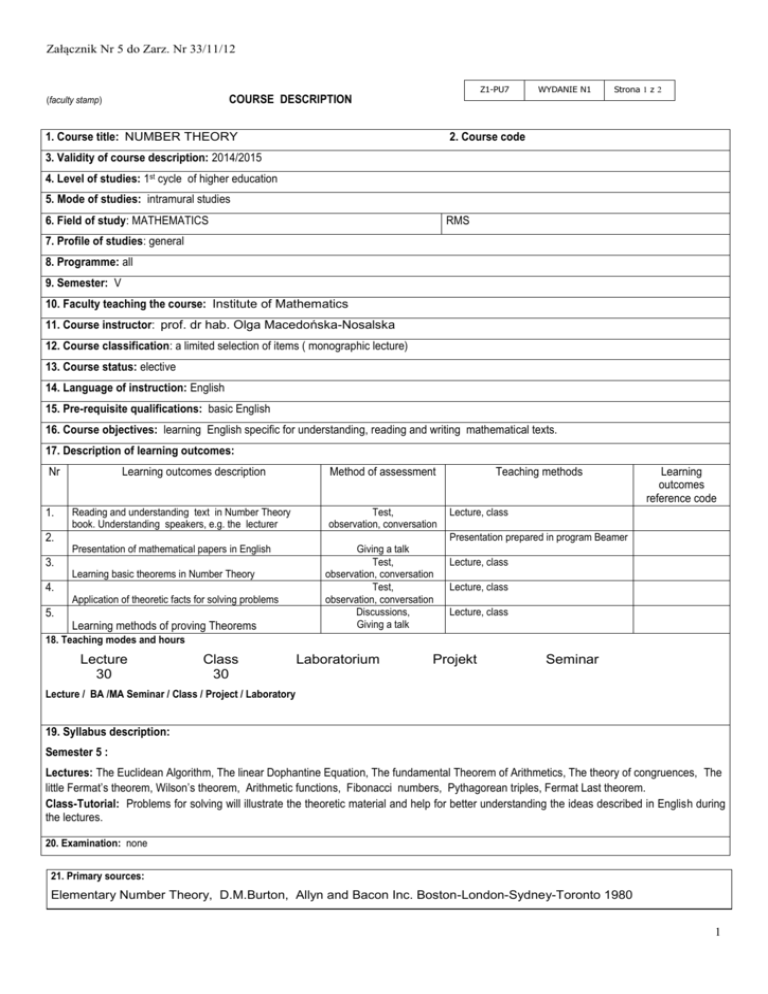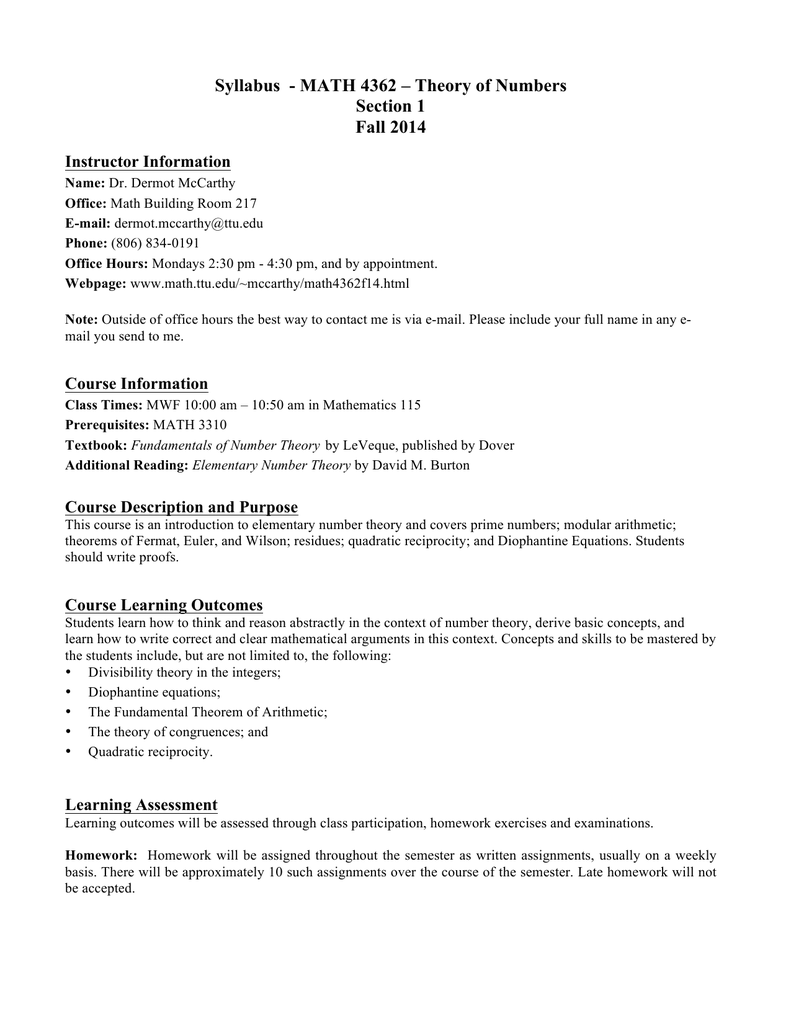

It is fairly well agreed upon that the early rumination of labeling began with Frank Tannenbaum's writings in the late 1930's, The length of penalties and even application of the death penalty are influenced by these predispositions.įollowing are some of the well-known pioneers in this field, but there are numerous others. With regard to social control agencies and severity of formal labeling (sanctions), it is believed the victim's race is considered and that male offending female is more severely sanctioned than female offending male. Most writings support the idea that application of a formal label through sanctioning (such as arrest and subsequent courtroom hearing), magnifies the effect of labeling (Adler and Laufer 1993).

Informal labeling would come from parents, peers, etc. These law-breaking individuals are more likely to be labeled due to lower economic and social status, and because they do not possess the means to refute the label.Ī label can be applied formally or informally.įormal labeling would come from institutions such as police, courts, corrections, etc. There could be correlation to the belief that laws are created by the powerful, and those who lack power, break the rules. Other factors like “the social distance between the Labeler and the potential Labelee and if there is a low tolerance level in the community” (Gove 1980:16) with re¬gards to this lower class, poor individual, will contribute to the labeling process. Later analysts believed there was some bias with regard to certain factors, eg race, social status, sex and age. It is easy to make the correlation that labeling theory is also referred to as the Societal Reaction perspective.Įarly on, it was believed that labeling was felt equally across all groups of people and conditions. To conclude that a person labeled deviant by society is, over their lifetime, more likely to commit deviant acts, supports the principal idea of labeling. Theorists believe that the stigma people have feel from this labeling propels them toward, instead of away from, future deviance. My labeling reference throughout this paper is mainly geared toward crime and deviance, but labeling as a theory can also be applied to mental illness, physical disability, sexual deviance or anything else that could observe norm-violating variance.įundamental to labeling's traditional belief is that negative societal reaction, in the form of labeling, causes an actor to become one with the deviant identity placed upon him, and, in many cases, leads to development of further deviance. I will mention a few shortcomings and discuss labeling's future. I will begin with the necessary recapturing of the labeling theory in its traditional formulate, and then delve into some of its pioneers and their contributions. After reading numerous assessments, tests, essays and chapters on the labeling theory, the following is an interpretative overview to highlight some of the vast amounts of information that have been written to date.


 0 kommentar(er)
0 kommentar(er)
